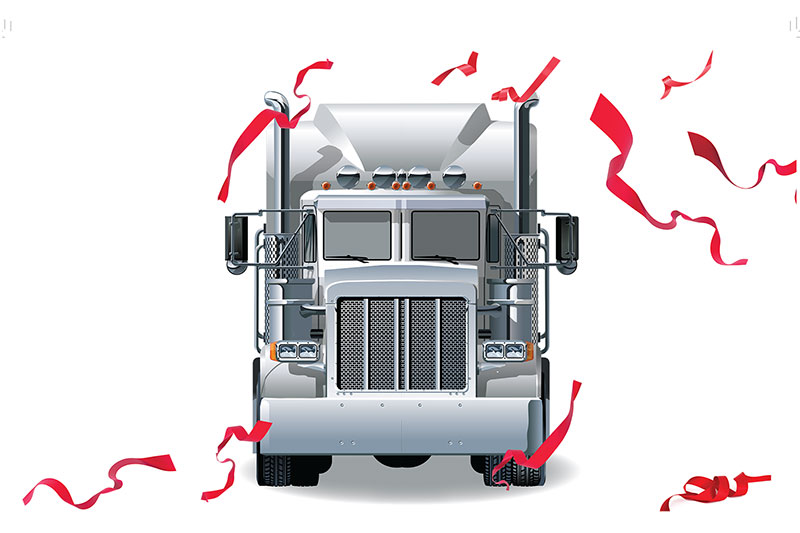Regulations 2.0
Historically, transportation regulations were focused on pricing. For about 90 years the U.S. government monitored, and occasionally enforced, rate reasonableness. Starting with rail, and later expanding on to highway and air modes, the government tried to ensure national coverage and fair pricing.
Government regulations making an impact on the transportation industry both domestically and internationally have moved to the front page.
The public is getting daily messages about problems with the “supply chain,” while sleepy regulatory agencies are getting the attention of the world’s press. At the same time, several changes in the business and the natural environments are causing new pressures on regulators.
Historically, transportation regulations were focused on pricing. For about 90 years the U.S. government monitored, and occasionally enforced, rate reasonableness. Starting with rail, and later expanding on to highway and air modes, the government tried to ensure national coverage and fair pricing.
Deregulation in the 1970s and 1980s resulted in a few, very large providers dominating every mode, and these wealthy organizations have successfully pushed pricing regulation to the curb. However, a new regulatory wave—regulations 2.0—involving a different set of agencies is now shaking up the markets.
Four major forces, beyond the pandemic, are driving public discussions and pushing for more government intervention.
- Infrastructure limitations at ports, airports, rail yards and on the highways have resulted in long delays at key links in the chain that stretch around the globe. Prices have jumped as capacity has been crimped, and expansion plans for major facilities and ports are getting held up or scrubbed entirely due to public demand for cleaner businesses and less noise pollution. Imagine the noise and vibration around the LA port that will now be open 24 hours a day after federal intervention.
- Climate change has raised awareness about our biggest source of greenhouse gases. The International Maritime Organization (IMO) has imposed limits on emissions on vessels, and this has contributed to the capacity problem as vessel owners elect to scrap vessels rather than retrofit them. The U.S. EPA has taken similar action on diesels used in air, rail, water and highway.
- Labor automation promises to reduce repetitive tasks, but also promises to replace technical operations such as truck driving, crane operation, rail crews and even aircraft piloting. The Occupational Safety and Health Agency (OSHA) is shifting to a focus on the best way for humans and artificial intelligence (AI) to interface.
- Modal oligarchies have been gaining size and pricing power for decades. Today our transport modes are each dominated by a few companies, while multi-modal consolidation remains a work in process.
The lack of an active, agile market in rail, ocean and air is cited as a reason for the slow response by logistics providers to the rapid changes in demand during the pandemic. The argument goes that a market of smaller providers would adjust more quickly to disruptions and surges in the supply chain.
This has led to new discussions about limiting further consolidations in rail and proposed new Federal Maritime Commission service standards and price controls on ocean carriers serving U.S. ports.
After many shippers have gotten through the current chaos in supply and distribution, it would be wise to take the time to review what the root causes of this episode were.
The environmental forces that resulted in the disruptions these past 12 months were made visible and will result in reaction by government. Expect some little-known agencies to become headline grabbers. The question is who will write Regulations 2.0 and who will benefit from further domestic and international rulemaking.
The oligarchies have lots of lobbyists. Who will speak for the shipper?













